The past year has been a turbulent one for Ferrari, where a series of changes have shaken the foundations of the Italian brand, generating enormous speculation. Today we contemplate the scenario of an independent Ferrari, totally outside the structure of the FCA (Fiat Chrysler Automobiles). What Ferrari vadis?
To summarize as much as possible, just over a year ago Luca di Montezemolo, then president of Ferrari, resigned. The constant disagreements with Sergio Marchionne, FCA's CEO, regarding the future strategy for the brand of cavalinho rampante were irreconcilable. There was only one way out: either him or Marchionne. It was Marchionne.
Following that resignation, Marchionne took over the leadership of Ferrari and started a real revolution that takes us to the present time, where there will be an independent Ferrari, outside the FCA structure, and where 10% of the brand's shares are now available on the stock exchange. Mission? Make your brand more profitable and your business model more sustainable.
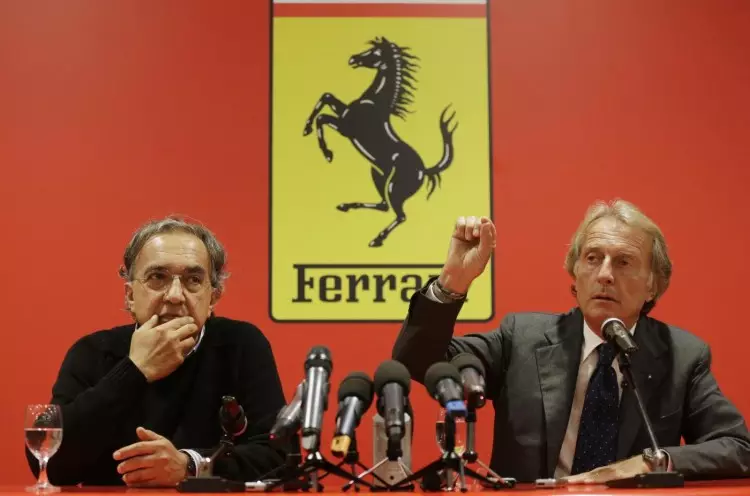
the next steps
Increasing production seems to be the logical step towards achieving higher profits. Montezemolo had set a ceiling of 7000 units per year, a figure well below demand and therefore a guarantee of exclusivity. Now, with Marchionne at the head of Maranello's brand destinations, that limit will be increased. Until 2020, there will be a progressive increase in production, up to a maximum ceiling of 9000 units per year. A number that, according to Marchionne, makes it possible to respond to the growing demand of Asian markets and better manage long waiting lists, maintaining the delicate balance between the brand's need for volume and the demand for exclusivity by customers.
But selling more is not enough. The operation must be made more efficient at an industrial and logistical level. As such, Ferrari will also create a super platform from which all its models will derive, with the exception of very special models like the LaFerrari. The new platform will be of the aluminum spaceframe type and will allow the flexibility and modularity necessary for various models, regardless of the engine size or its position – center rear or center front. There will also be a single electronic platform and common modules, whether for air conditioning systems, braking or suspension systems.
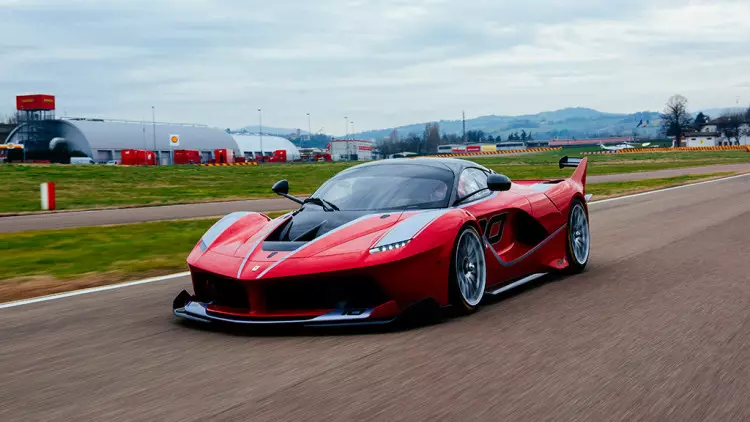
How to turn red into “green” – combating emissions
Nobody escapes them. Ferrari also has to contribute to reducing emissions. But by producing less than 10,000 units per year, it meets other requirements, other than the 95g CO2/km that generalist brands are required to do. The level to be reached is proposed by the builder to the respective entities, which negotiate with it until an agreement is reached. Result: Ferrari will have to reduce its range's average emissions by 20% by 2021, considering 2014 figures.RELATED: Do you want to own a Ferrari?
Indeed, since 2007 efforts have been made in this direction. The range's average emissions were 435g CO2/km that year, a figure that was reduced to 270g last year. With the proposed reduction for 2021, it will have to reach 216g CO2/km. Considering the type of vehicles it produces, and the increasing number of equines its models have undergone with each update, it's a significant effort.
The recipe is no different from other builders: downsizing, overfeeding and hybridization. The inevitability of the chosen path, with critical voices even internally, is already palpable in the brand's latest releases.
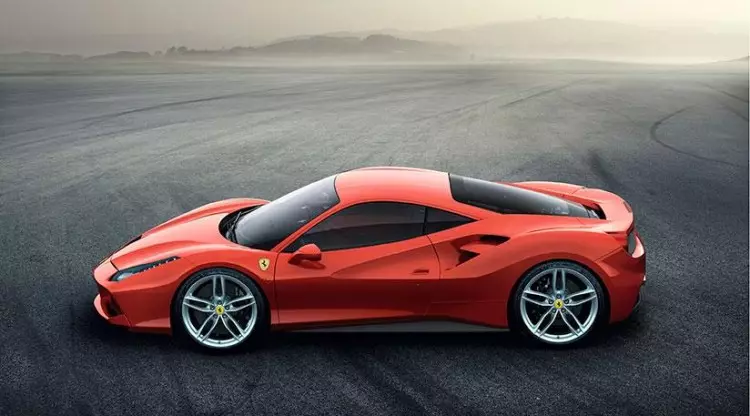
The California T marked the brand's return to supercharged engines, adding two turbos to compensate for the reduced displacement. Sharpness, responsiveness and high-pitched sound are lost. Massive doses of torque, vigorous medium regimes and (on paper) lower consumption and emissions are gained. The 488 GTB followed in his footsteps and the LaFerrari fused the epic V12 with electrons.
Before we get into a panic about what other measures will come to meet emissions, we've already advanced that there will be no diesel models. And no, the F12 TdF (Tour de France) is not a diesel Ferrari, just to clear up some misunderstandings!
The new Ferraris
The expected increase in production over the next few years will mean a completely renewed range, and, surprise!, a fifth model will be added to the range.
And no, it's not about California's successor, which will remain the stepping stone of access to the brand (a high step is true…). It will be up to California to debut the new modular platform in 2017. It will continue to be a roadster with a longitudinal front engine, rear wheel drive and a metal hood. It promises to be substantially lighter, sportier and more agile than the current one.
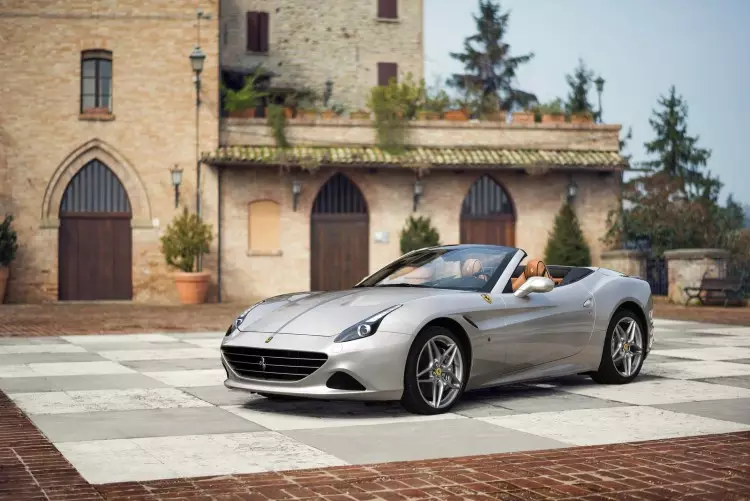
The new model will be a sports car with a mid-range rear engine, ranked below the 488. And when they announce it as a new Dino, expectations soar! Going back in time, the Dino was Ferrari's first attempt to launch a more affordable sports car brand in the late 1960s, with the Ferrari name reserved for its more powerful models.
It was a compact and elegant sports car with a V6 in the center rear position – a daring solution at the time for a road car – rivaling models like the Porsche 911. It is still considered today as one of the most beautiful Ferraris ever. Retrieving the name properly justifies the return of the brand to V6 engines.
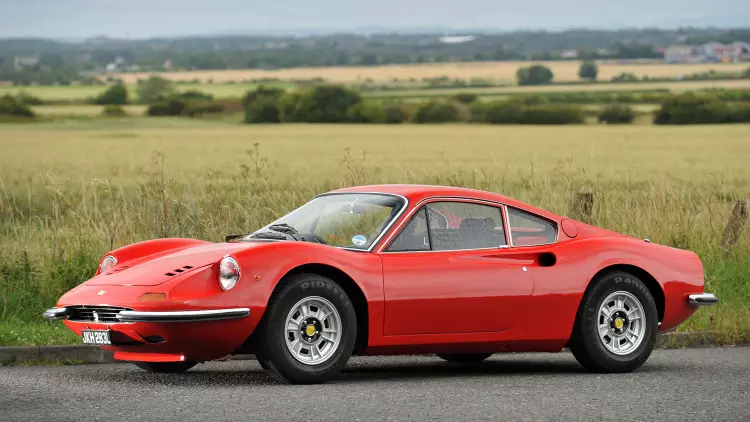
Yes, a Ferrari V6! We will still have to wait 3 years before we meet him, but test mules are already circulating in Maranello. The Dino will be developed in parallel with the successor to the 488, but it will be smaller and lighter than this one. The supercharged V6 should derive from what we already know in the Alfa Romeo Giulia QV, which in turn already derives from the California T's V8.
It is still not certain that it is the final option, considering the hypothesis of a V6 at 120º (for a lower center of gravity) instead of the 90º existing between the two cylinder banks of the Giulia's V6. A version of this new V6 will serve as an access engine to the future California.
NOT TO BE MISSED: The reasons that make autumn the quintessential petrolhead season
Before that, next year, the most controversial Ferrari of recent times, the FF, will receive a restyling. The familiar Ferrari could anticipate significant changes to its profile that were only planned for its successor in 2020. The controversial shooting brake could lose that title by adopting a less vertical rear and more fluid roofline. It should also get a V8 as an access engine, complementing the V12.
His successor promises an equally radical design. The latest rumors point to something more compact and without a B-pillar. Covering the huge opening generated, we'll find a single gull-wing door to facilitate access to the rear seats. Reminiscent of the 1967 Lamborghini Marzal from atleliers Bertone, designed by the genius of Marcello Gandini (image below). It will keep the architecture and the total traction, but heresy, the V12 could get by the way, being limited only and only to the twin-turbo V8.
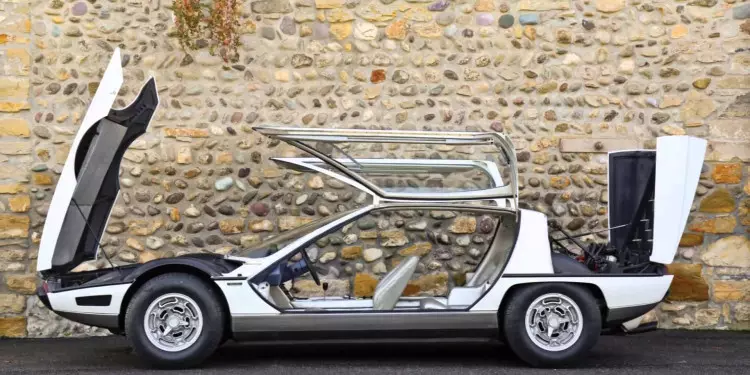
Both the successor of the 488 GTB and the F12 only arrives there for 2021, models that will have to remain faithful to the current architectures. Proposals for an F12 with a mid-range rear engine exist, rivaling more directly rival Lamborghini Aventador, but potential customers prefer the front engine.
Still far from being decided is what will motivate this super GT. The blasphemous reform of the V12 in detriment of a hybrid V8, with the potential to travel a few dozen kilometers in 100% electric mode, is discussed. Keep arguing, but keep the V12 engine, please...
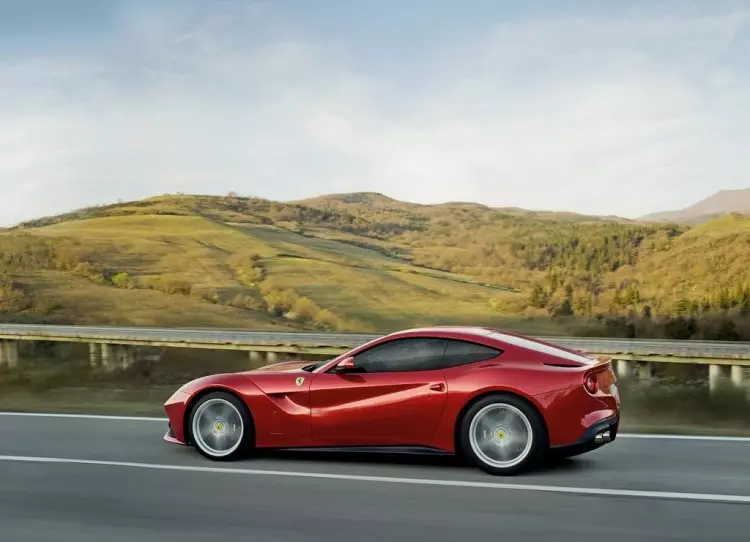
There is still one more surprise. In 2017, coinciding with the 70th anniversary of the cavallino brand, there are rumors about the presentation of a commemorative model to mark the festive occasion. This model will be partially based on LaFerrari, but not as extreme and complex as this one.
LaFerrari will have a successor. If the calendar for this very special and limited model is maintained, it will only be until 2023 that it will see the light of day.
In conclusion, the future of Ferrari in the coming years is one of carefully controlled expansion. The precious DNA of the brand expressed by its production models seems to be safe as far as possible – considering the demanding regulatory environment. The optimized industrial operation, boosted by economies of scale together with the increase in production, is expected to increase not only invoicing, but also important profit. And nobody talks about SUVs. All good signs...
